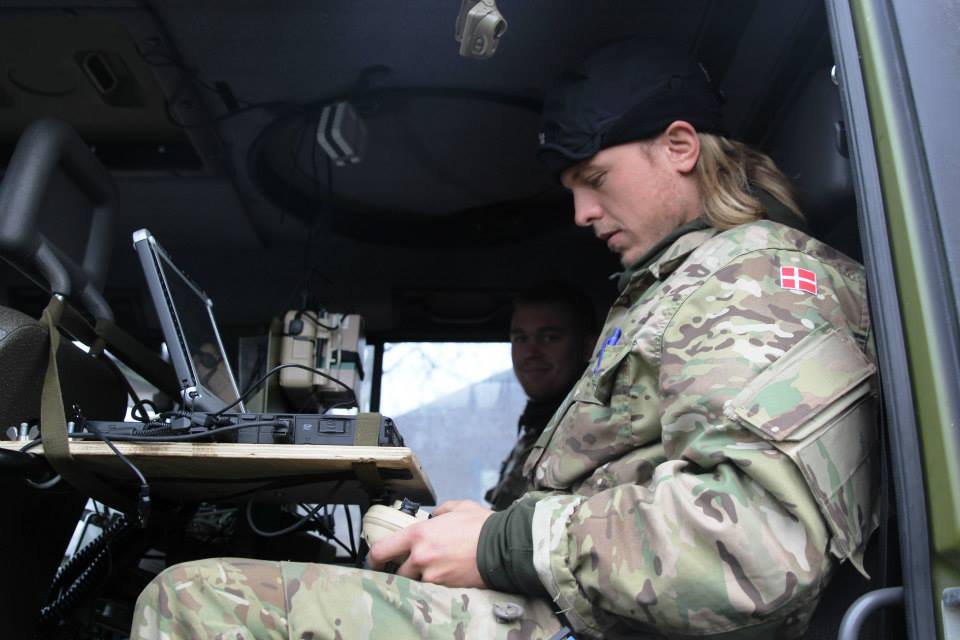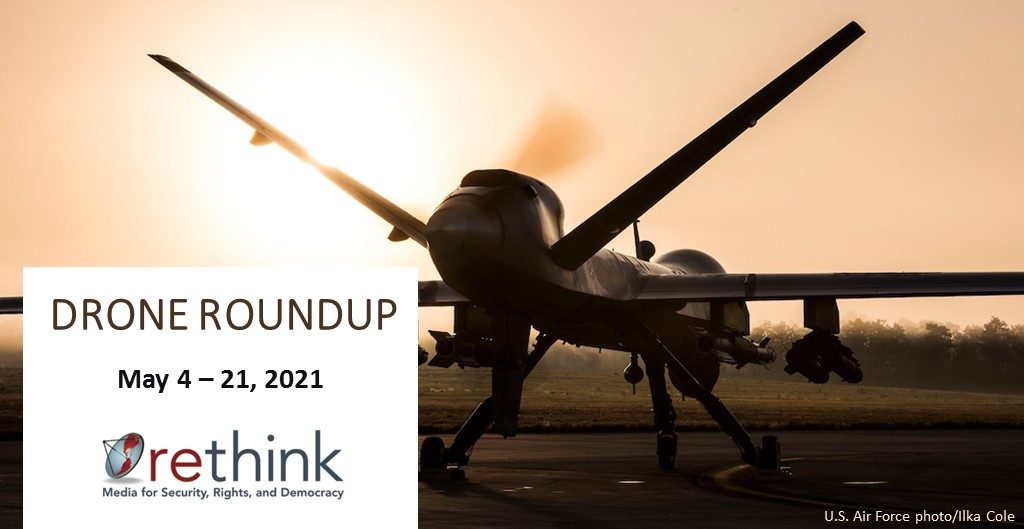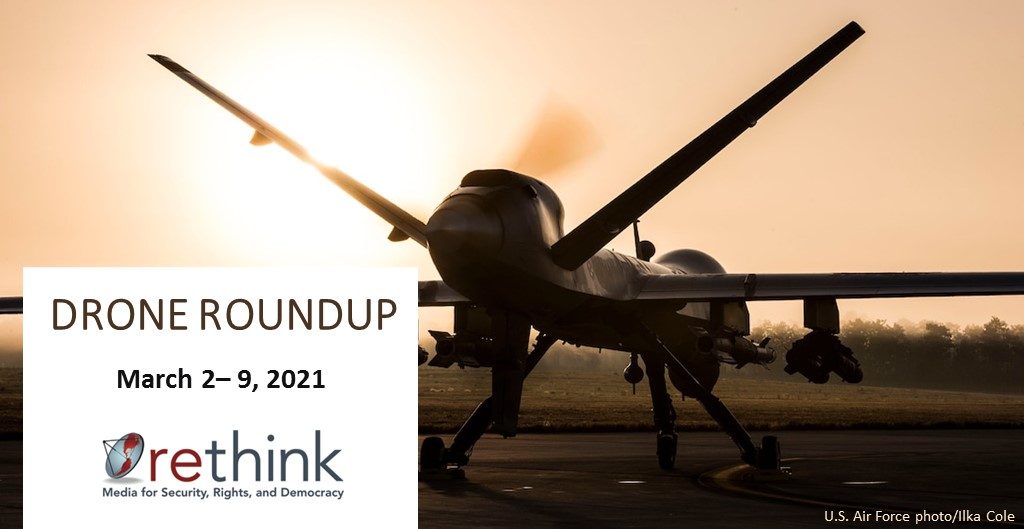Between 2018 and 2023, Denmark aims to strengthen its military operational capabilities with, amongst others, drone capacity. With regard to its industry and development of drones, reports state that “the Armed Forces will improve opportunities to support the related industry in Denmark.”
Danish military and civilian policy-makers have been interested in increasing their understanding of the capabilities of UAVs for a long time. Denmark has invested in these systems since the 1990s, when they were used to support Danish forces in the field. The first UAV that Denmark operated was the Tårnfalken, an adapted version of the French Sperwer, but the program was terminated in 2005. In support of their Afghanistan operations and anti-piracy missions, the Danish defence forces bought the Raven B. These in turn were replaced by 12 PUMA AE drones, which were larger and could loiter longer. At the moment, there are no signs Denmark will acquire armed drones in the near future.
As of 2018, development of Denmark’s drone industry remains a priority. The Defence Agreement showed an interest in acquiring national capacity for the development of drones. The Defence Agreement also mentions that the political parties want increased focus on the challenges to international law that are associated with participation in international operations, cyber, drones, and high tech and electronic warfare. To facilitate this, 15 million DKK (2 million Euros) is being invested in the Centre for Military Studies in order to acquire specialised expertise. Some success in the Danish drone industry was recently booked by a start-up specializing in counter drone systems, which entered into a partnership with US Lockheed Martin.
Denmark is considering the potential of drones in monitoring its Arctic regions, an area which has received increasing interest from other countries, but also one in which communication and navigation is complicated by the climate, geography and lack of satellite coverage. Major General Jørgensen from the Danish Arctic Command noted in 2016 that the drones necessary would be more expensive than people tend to think and that it is still easier to count on manned aircraft, though he recognized that there would be a huge potential for drones in the not-too-distant future.
Denmark has opted out of EU defence cooperation, meaning it is not part of any efforts within the EU organizations which seek to bolster the development of military drones.
Articulate clear policy and prevent complicity
There is some public and academic debate going on in Denmark about the use and and moral [PDF] aspects of drones as well as potential complicity in illegal targeted killings. There have also been questions raised about the applicable legal framework for the use of armed drones in the past. In an answer to a parliamentary question about this, the Minister of Foreign Affairs at the time explained that the use of armed drones must be in respect of international humanitarian law, that everything has to be done to avoid civilian casualties, and that “no new rules for engagement are needed”, but that the challenge “is rather to ensure fair and uniform compliance with existing international law rules.”
Denmark has oriented its security policy towards being an “impeccable ally” to the U.S, and provides “the kind of output that NATO [is] calling for: deployable expeditionary forces that [are] sustainable in terms of national logistics and reinforcement and that could be put in harm’s way in the combat zones where NATO now need[s] to be engaged.” This has led to critique in the past, particularly in 2011, when Denmark was accused of collecting data that was used for US targeted killings in Yemen. The Danish Intelligence services claimed it did not participate in or support operations where the objective was to kill civilians, and did therefore not contribute to US targeted killings. Other sources, however, state that there is overwhelming evidence that Denmark did play a role, and called upon the Danish government to come clean about its role in the operation.
In 2012, several Danish lawmakers gave unprecedented critique on US president Obama, because of American drone strikes in Pakistan, Somalia, and Yemen. A member of the opposition party “Venstre” linked these attacks to “assassinations”. Rasmus Helveg Petersen (the former Danish Social Liberal Party’s foreign policy spokesperson, and current Minister of Climate and Energy) stated: “It’s terrible. The United States has no right to carry out these types of executions of suspected political adversaries. It contravenes international law.”
The Minister of Foreign Affairs at the time, said that he was not “prepared to comment further than saying that we do not use drones ourselves and that International rules must be adhered to”. Before that, he stated that the US takes a “maximalist approach” to the interpretation of international law, and was very critical to the US’ War on Terror. In 2013, the Danish Prime Minister tried to distance herself from all this critique.
Control Proliferation
Denmark has signed the Joint Declaration for the Export and Subsequent Use of Armed or Strike-Enabled Unmanned Aerial Vehicles on October 28th, 2016. Furthermore, as Denmark is part of the EU, it has signed up to the EU Common Position on Arms exports, where common rules for governing control of exports of military technology and equipment have been defined. Lastly, Denmark is member of the Wassenaar Arrangement which was the first global multilateral arrangement on export controls for conventional weapons and sensitive dual-use goods and technologies, and of the Missile Technology Control Regime, which aims to restrict the proliferation of, amongst others, unmanned aerial vehicles.





